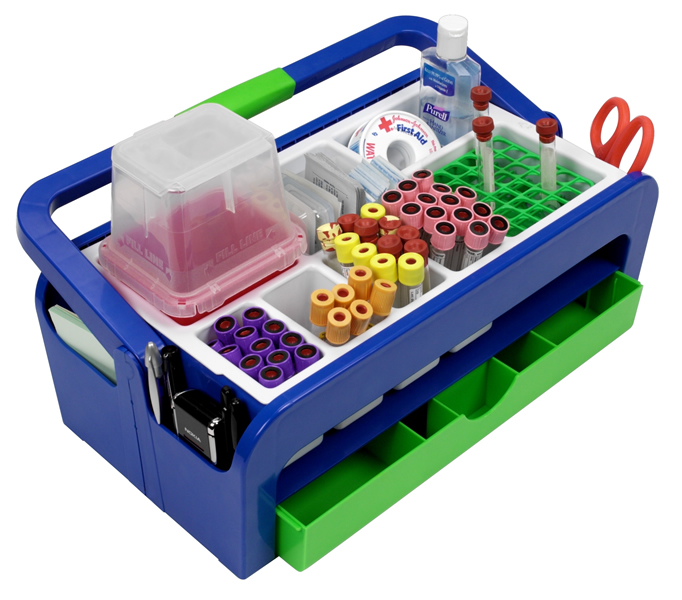Unlocking Your Future: The True Cost of Phlebotomy School Explained
understanding Phlebotomy and Its Importance
Phlebotomy is a critical medical field focused on drawing blood for testing, transfusions, or donations. As healthcare continually evolves,skilled phlebotomists are in high demand. But what does it cost too undergo phlebotomy training? This article breaks down the various expenses associated with phlebotomy school to help you make an informed decision.
Breaking Down the Costs
Before diving into a career as a phlebotomist, you’ll want to consider all financial aspects of obtaining your certification. These costs can range considerably based on the program and location.
| Cost Category | Estimated Cost |
|---|---|
| Tuition Fees | $1,500 – $3,500 |
| Books & Supplies | $200 – $500 |
| Uniforms | $50 – $100 |
| Certification Exam Fee | $100 – $200 |
| Transportation Costs | Varies by location |
| Living Expenses | varies |
Tuition Fees
The primary expense when attending phlebotomy school is tuition.Programs can vary widely in price due to factors such as accreditation, location, and duration. Self-paced online courses tend to be cheaper but may lack hands-on experience, crucial for mastery in phlebotomy.
Books & Supplies
On top of tuition, you’ll need books, practical tools (like a stethoscope), and lab supplies, wich can add another few hundred dollars to your budget.
Uniforms
Many phlebotomy programs require you to wear uniforms while in class or during clinical rotations. Factor in the cost of uniforms, typically ranging from $50 to $100.
Certification Exam Fee
Upon completing your program, you’ll need to sit for a certification exam, adding an additional $100 to $200 expense.
Transportation Costs
Depending on the location of your phlebotomy program, transportation costs to and from classes and clinical sites can vary significantly. Always consider these when budgeting.
Living Expenses
If you attend school full-time, you’ll need to account for your living expenses, which can be substantial. This includes rent, food, utilities, and additional personal expenses.
The Potential Return on Investment
Once you’ve mastered the art of phlebotomy, you’ll want to understand your earning potential in the workforce. The average annual salary for a phlebotomist ranges from $30,000 to $45,000, depending on factors such as location, experience, and specialized skills.
Potential Earnings Breakdown
| Experience Level | Average Salary |
|---|---|
| Entry-level | $30,000 – $35,000 |
| Mid-Level | $35,000 – $40,000 |
| Experienced/Led Phlebotomist | $40,000 – $45,000+ |
Benefits of Attending Phlebotomy School
- Job Stability: The healthcare industry continues to grow, with phlebotomists being essential to many medical processes.
- Flexible Work Hours: Many phlebotomists enjoy shift work, allowing for various schedules.
- Hands-On Experience: Phlebotomy programs typically provide practical training, making you job-ready upon graduation.
- Career Advancement: There are opportunities to advance into roles such as lab technician or medical assistant.
Practical Tips for Prospective Students
- Research multiple phlebotomy programs to compare costs, resources, and lengths of study.
- Consider online courses for flexibility, while ensuring they offer practical experience.
- Utilize financial aid opportunities or scholarships to minimize tuition costs.
- Join forums or groups to connect with current phlebotomy students and professionals.
- Ensure you have a plan for covering living expenses during your studies.
Case Study: A Day in the life of a Phlebotomist
Let’s take a look at Sarah, a recent graduate who attended a phlebotomy program. After spending $3,200 on tuition, books, and supplies, she got certified and landed a job at a local clinic. Sarah earns about $38,000 annually, which she says is enough to support her and her family. She appreciates the flexible hours, which allow her to manage family responsibilities while working in a stable job!
first-hand Experience: insights from a Phlebotomy Graduate
John, a triumphant phlebotomy graduate, shares his journey: “Starting my day with drawing blood for tests may sound daunting, but I find it rewarding. The phlebotomy school equipped me with excellent skills, and I feel prepared to handle various patients.” His experience illustrates that proper training not onyl improves technical skills but also boosts confidence in the field.
Conclusion
The journey to becoming a certified phlebotomist involves various costs, but the rewards can make it worthwhile.From tuition and supplies to job stability and decent salaries, understanding the financial commitment will help you decide if this career path aligns with your goals. Taking the plunge into phlebotomy school could be the first step toward a fulfilling career in healthcare, armed with the knowledge of what to expect financially.
For anyone passionate about pursuing this path, the investment in training can lead to future job satisfaction, income potential, and personal growth in the dynamic field of healthcare.
